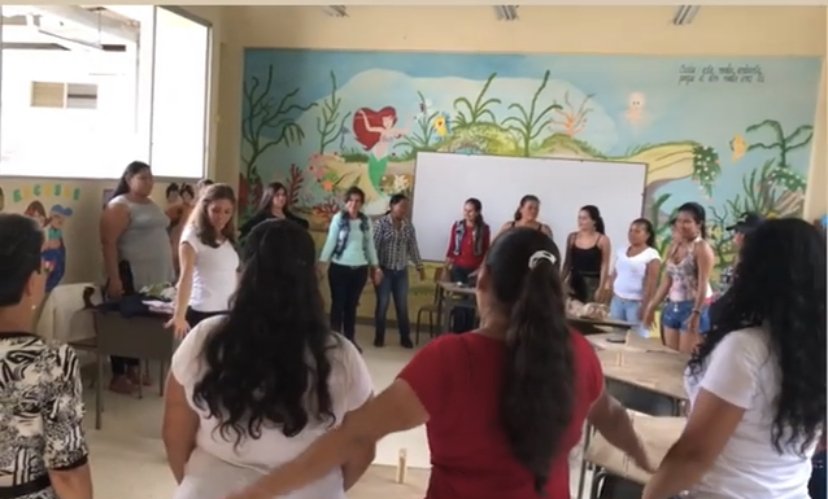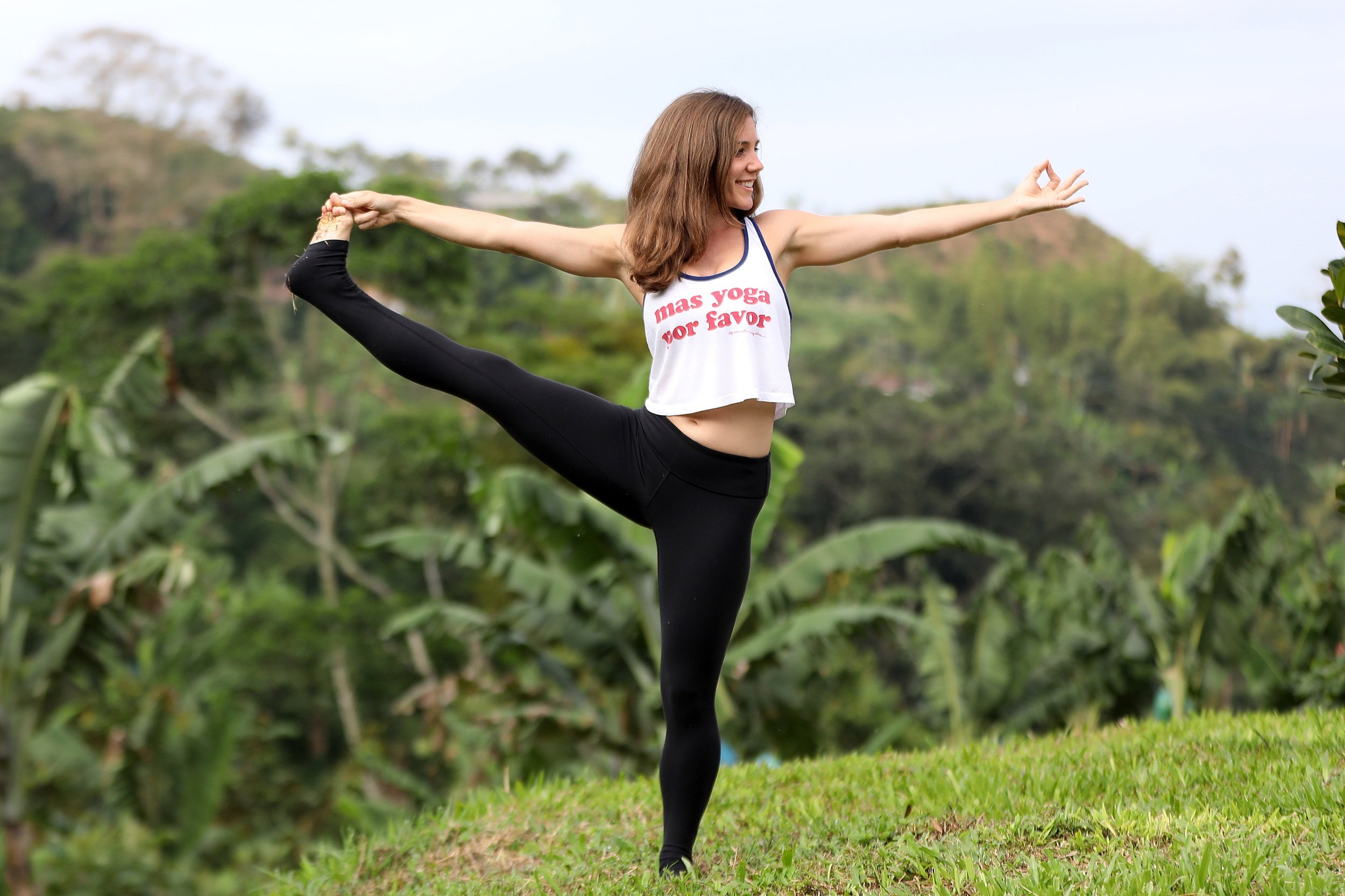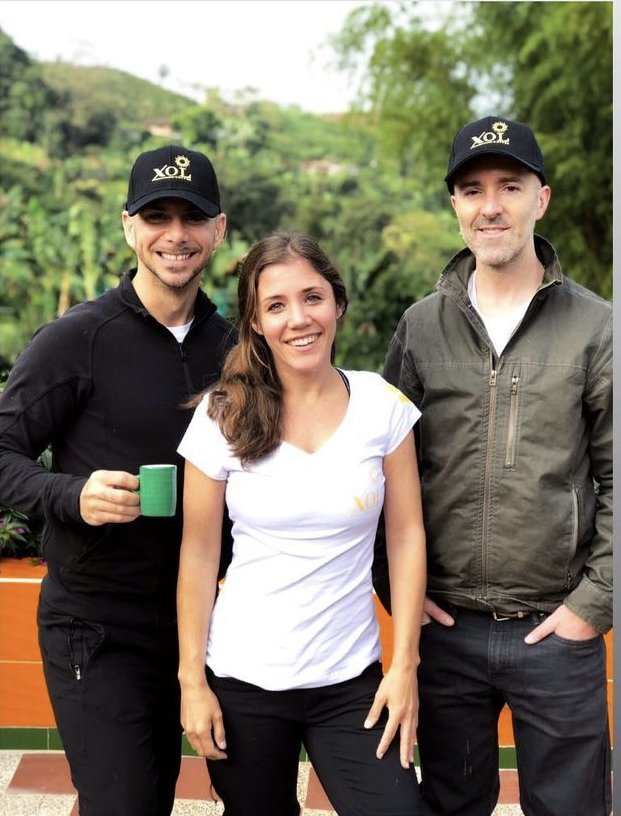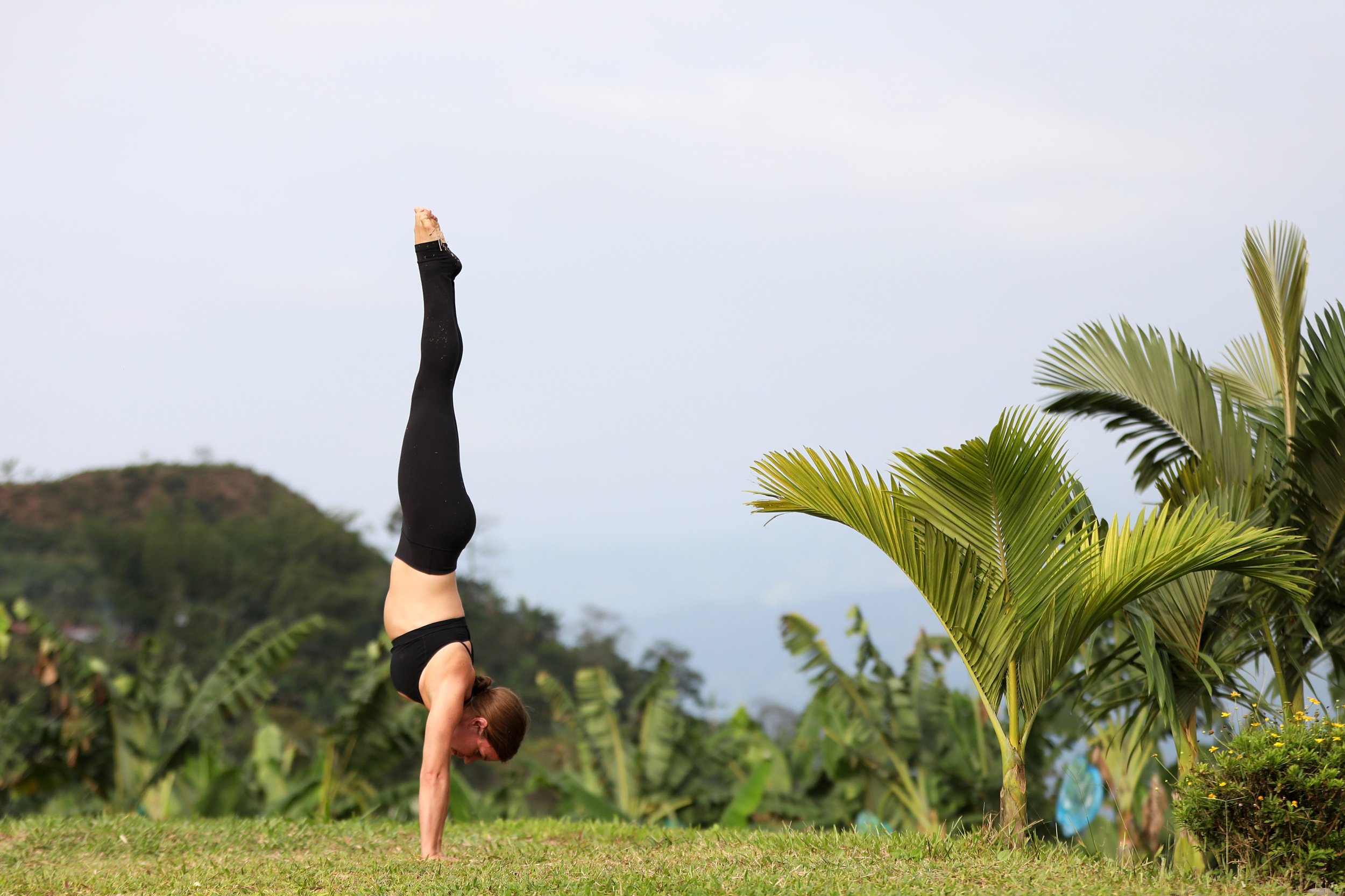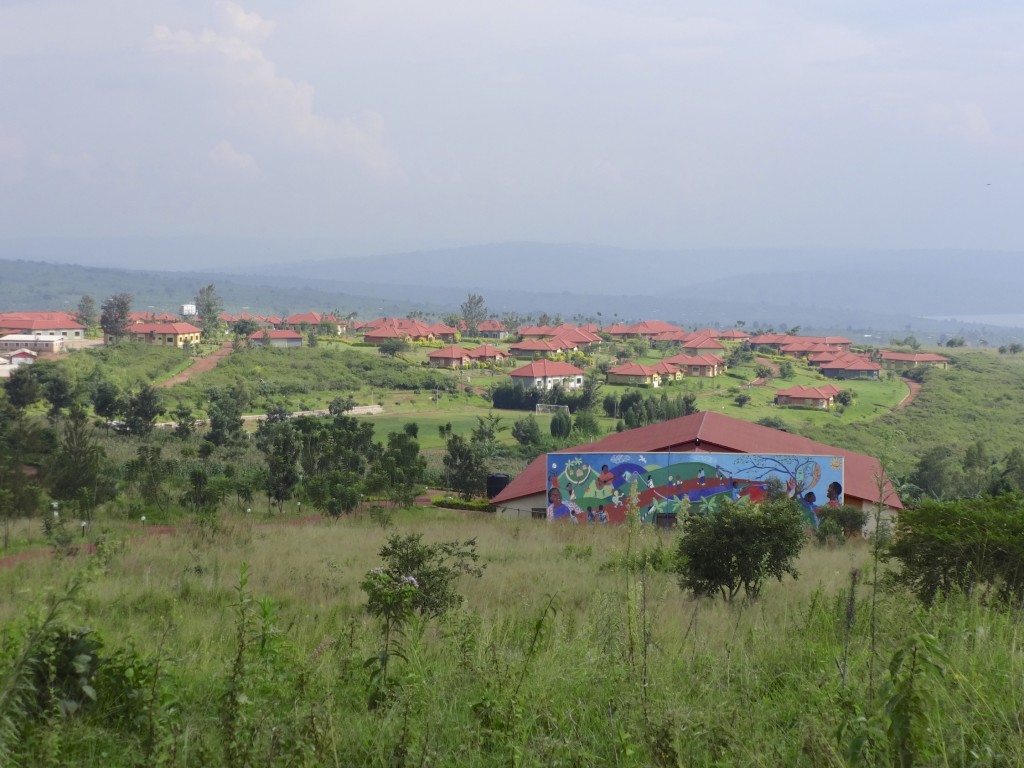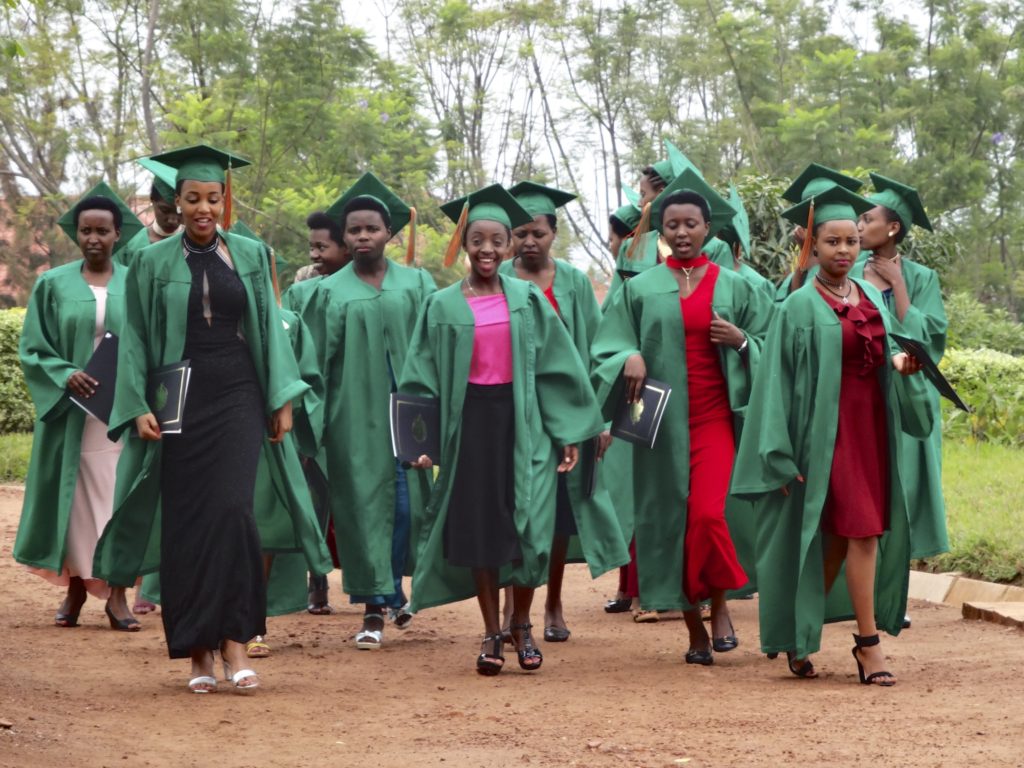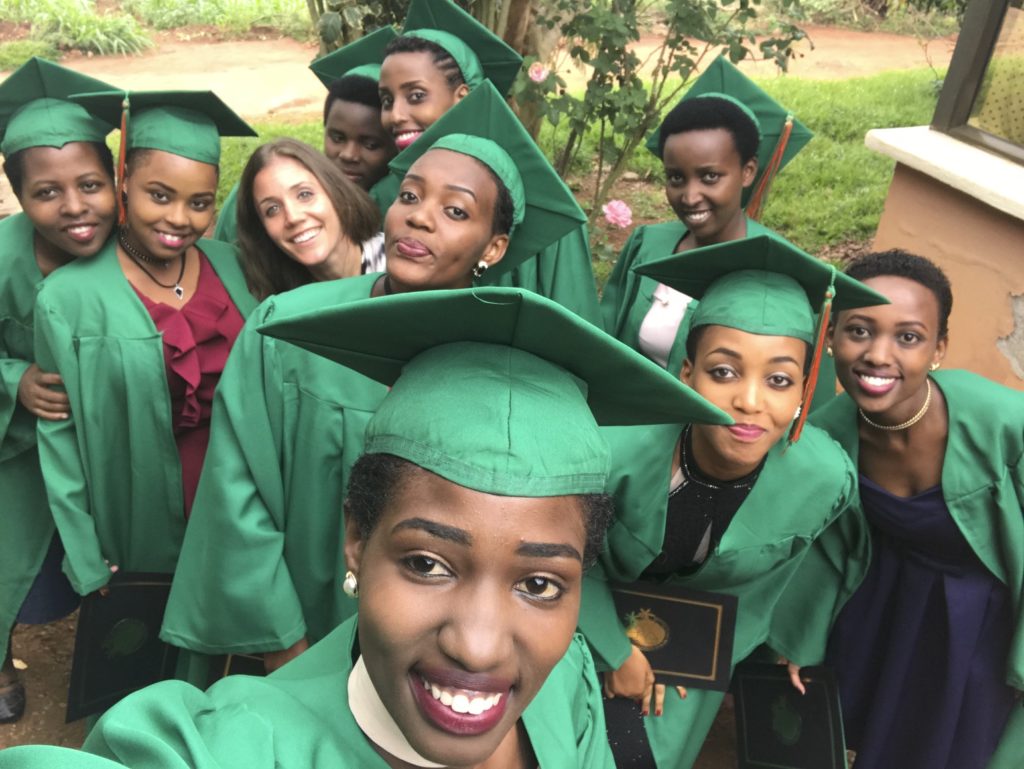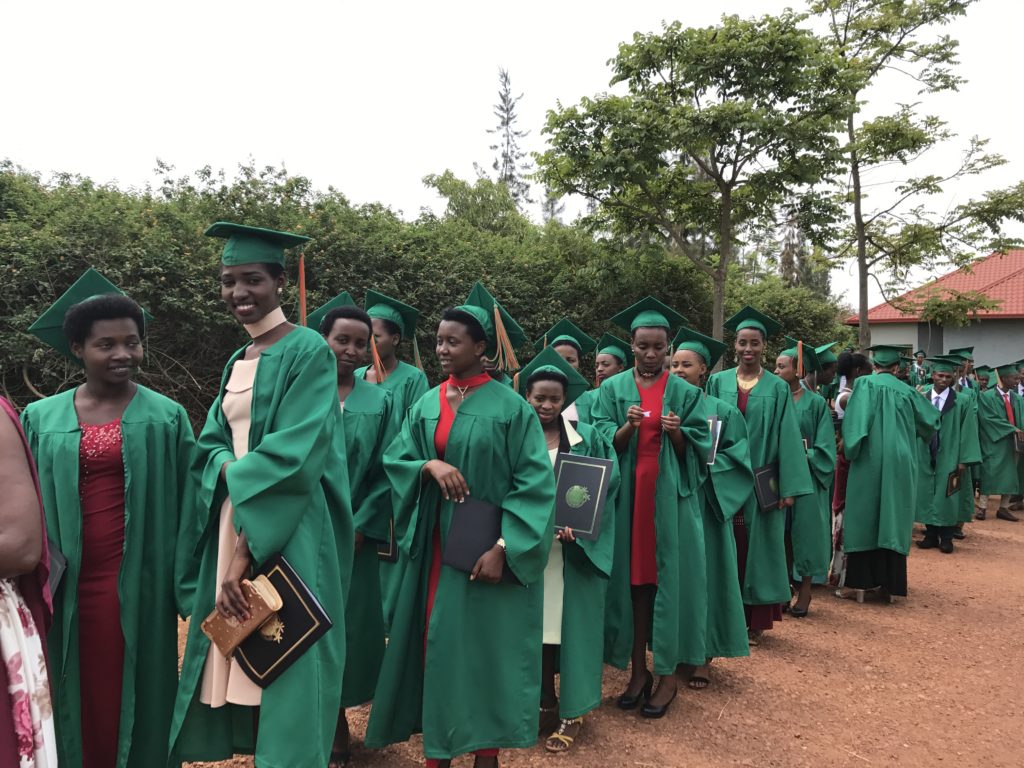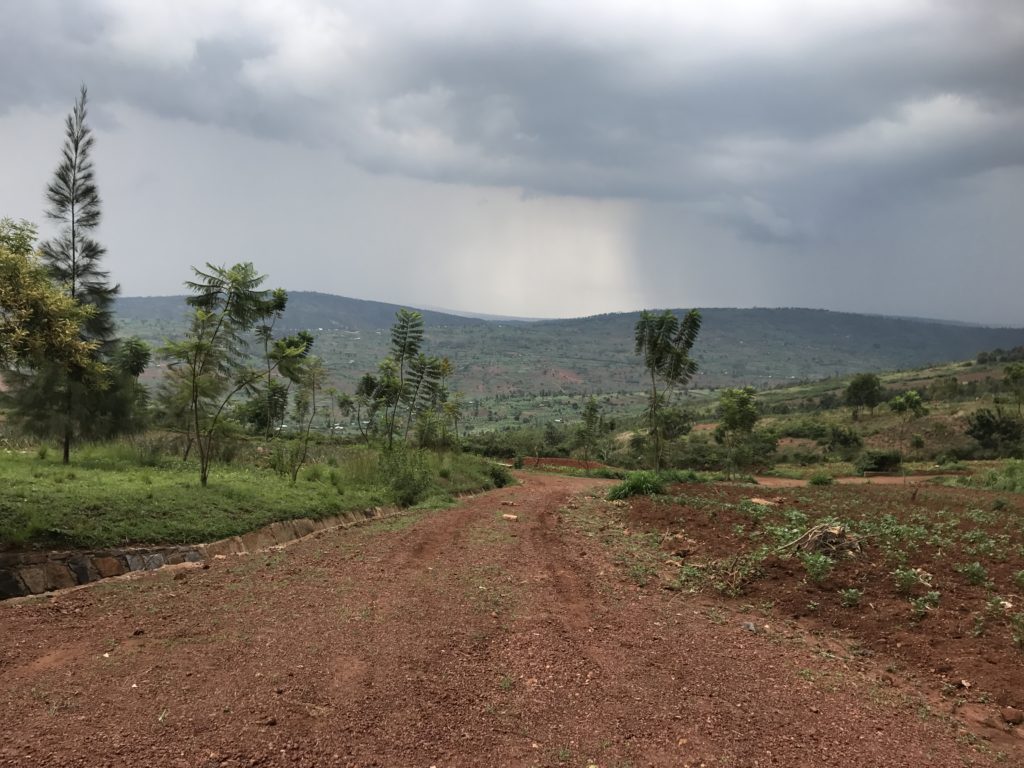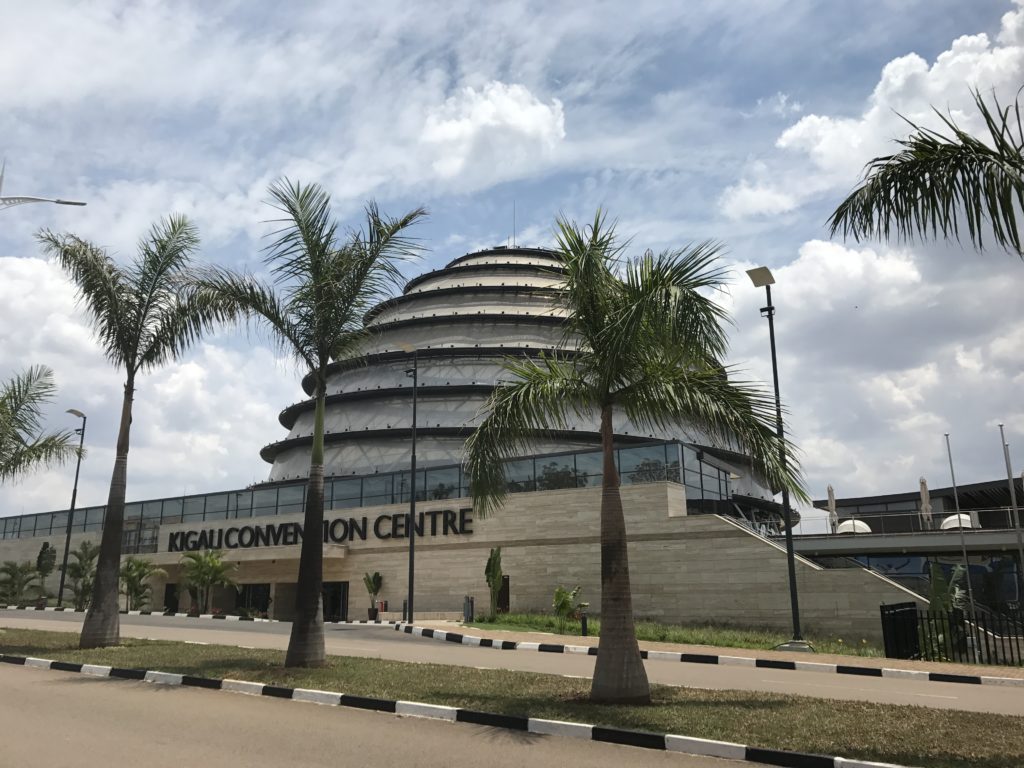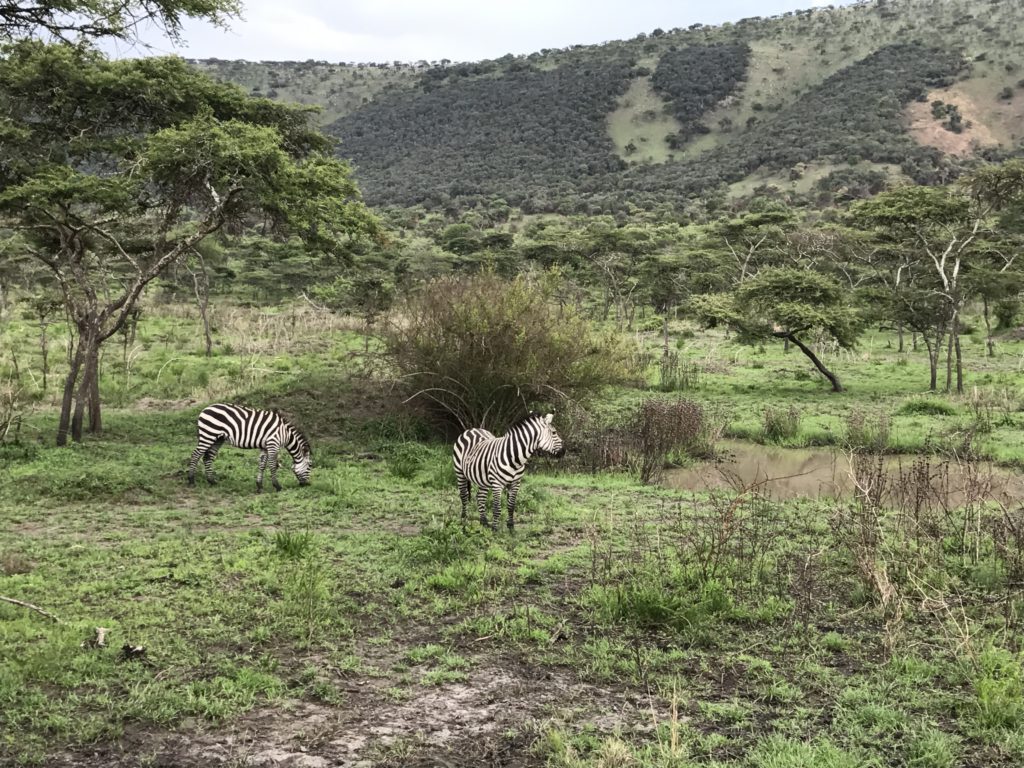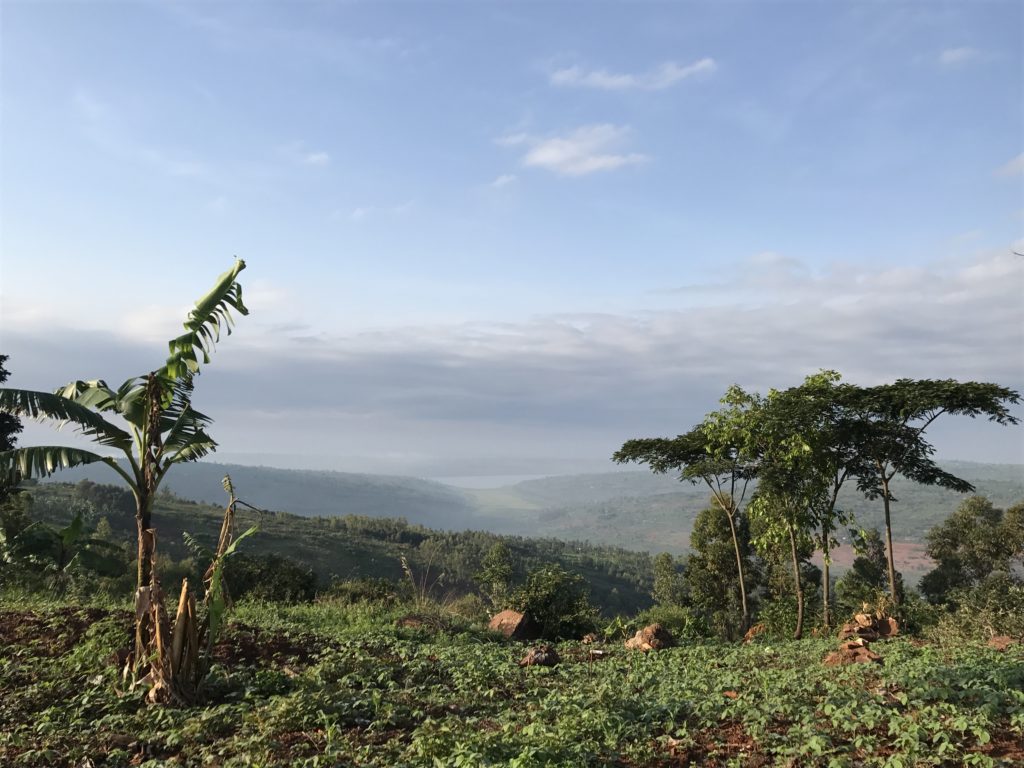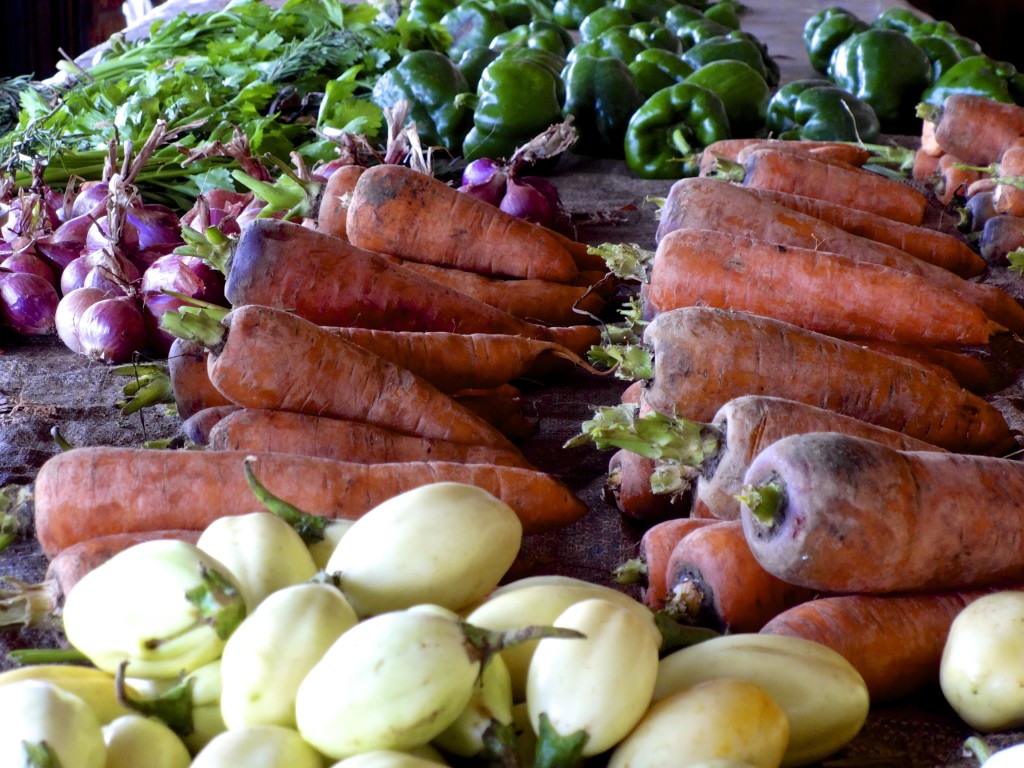I think it is essential sometimes to go into retreat, to stop everything that you have been doing, to stop your beliefs and experiences completely and look at them anew, not keep on repeating like machines whether you believe or don't believe. You would let fresh air into your minds. - Jiddu Krishnamurti
It has been three years since I left Rwanda. For three years, I wondered what it would be like to return. But I made a promise to 16 teenage girls that I would attend their graduation ceremony at the Agahozo-Shalom Youth Village (ASYV) and so I kept that promise. In October 2017, I went back to Rwanda to visit the Village where I worked for a year from 2013 - 2014.
ASYV is an non-profit organization whose goal to heal and educate vulnerable Rwandan youth. It is a residential community of more than 500 orphaned teens located an hour outside of Kigali, Rwanda. Though secular, the organization focuses on two Jewish principles of tikkun halev, healing the heart, and tikkun olam, the healing that comes from helping others. The youth have some trauma in their past that prevents them from connecting to the present moment and reimagining a future beyond what they know. I spent the last few years healing my heart.
Most people take a week-long retreat to rejuvenate and restore. Mine lasted around two years. Though a beautiful and profound experience, living at the Village was also challenging, physically and emotionally. Prior to Rwanda, I spent the majority of my twenties living in Prague and coordinating student trips with a focus on Holocaust and World War II education.
From the Upanishads to the Bhagavad Gita, my bookshelf soon grew to be a collection of eastern philosophy, yoga, and wellness. Other areas of my life changed as well. I started exercising and became a vegan, being more mindful of what I consume in general. I also didn't have a car or a phone for the first year I was in the U.S. I now teach and share these same tools that I learned.
Rwanda Reunion
Agahozo-Shalom was just as peaceful and beautiful as I remembered it to be. It felt like an oasis in the middle of Rwanda. It was an emotional reunion with old friends and family. I reconnected with the 16 girls I mentored, all happy and eager to graduate. No longer were they the frightened teens that I met four years ago, but bright young women ready to face the world. I was overjoyed. It’s a beautiful thing to witness youth grow and flourish.
Heal the Heart, Heal the World
My return to Rwanda was more than just a visit to attend the graduation. I realized that not only were these young students ready to face the world, but I was too again. Sometimes it's important to step away and examine your life through a different lens. Jiddu Krishnamurti said it beautifully. Stop what you're doing and take time to examine your life, so you don't keep repeating old habits. Breathe in new air.
I'm embarking on a new chapter and I look forward to sharing with you what will unfold in the next year.
Spreading love and light.
xoxo,
Rwanda Photos



